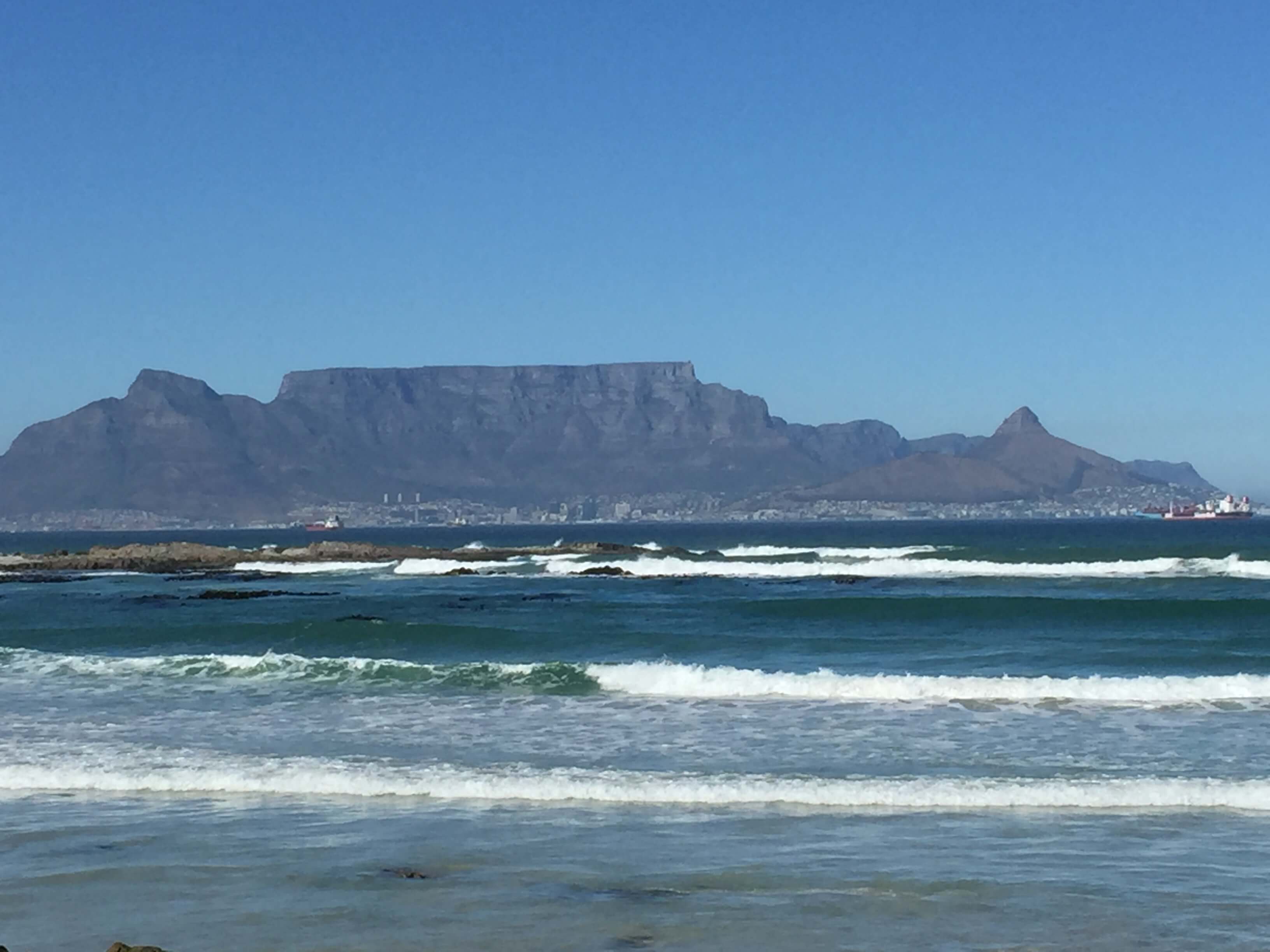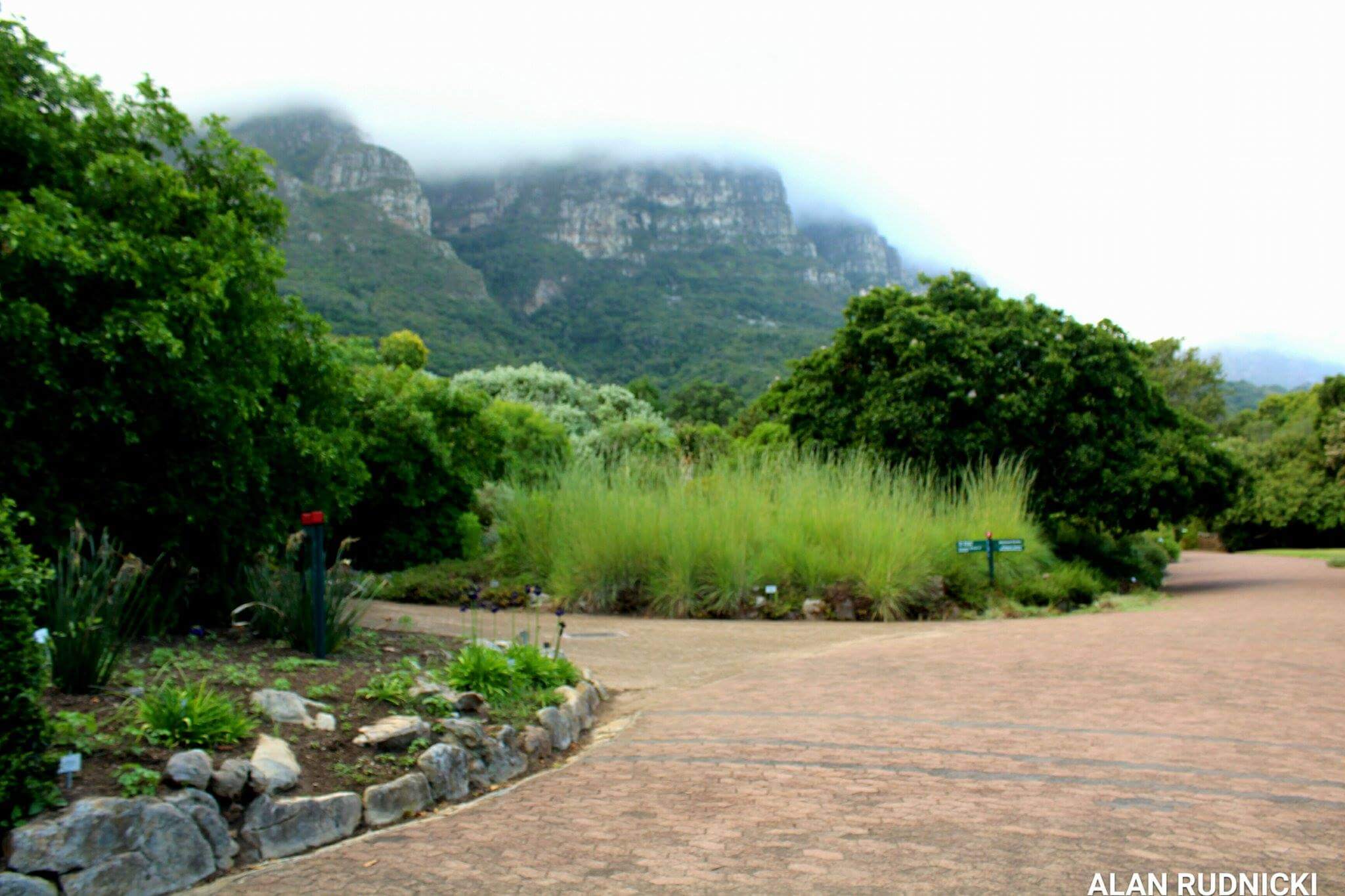
Kirstenbosch Botanical Gardens
February 2, 2017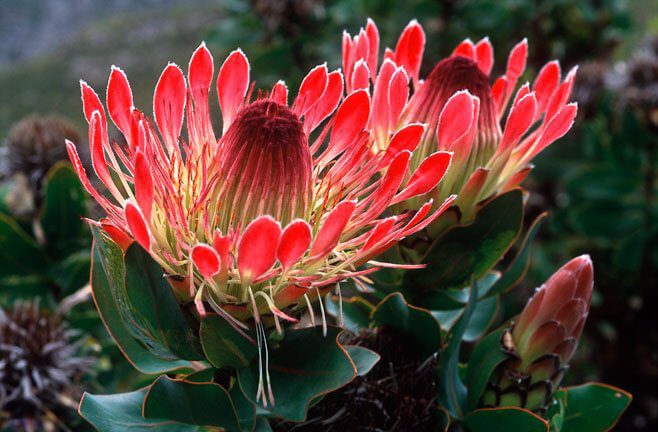
Beautiful Proteas!
February 16, 2017Table Mountain

Table Mountain is South Africa’s best-known landmark and arguably one of the most well-known mountains in Africa, if not the most iconic mountain on the planet. Table Mountain provides a magnificent backdrop and overlooks the cosmopolitan city of Cape Town. Locals are very fond of their mountain and with good reason! This mountain is home to the richest, yet smallest floral kingdom on earth and was voted one of the New 7 Wonders of the World in 2011. Table Mountain is a magnificent mountain that plunges into crystal seas, fringed with the white sands of the Cape Peninsula.
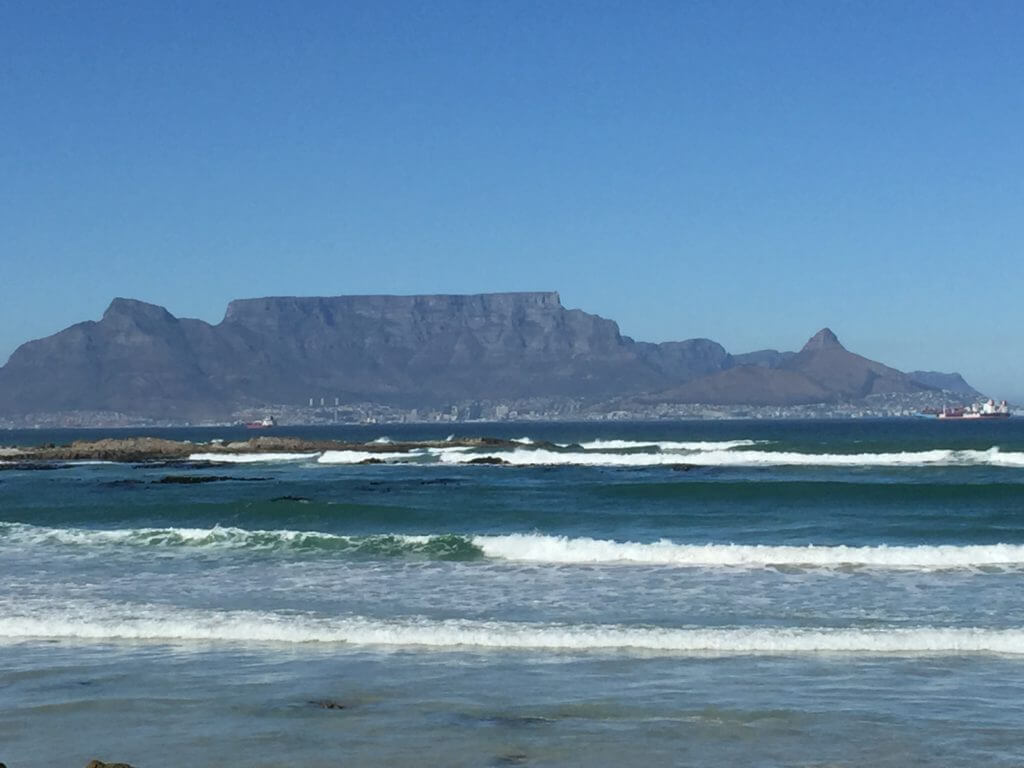
Table Mountain from Bloubergstrand
The main feature of Table Mountain is the level plateau approximately 3 kilometers (2 miles) from side to side, edged by impressive cliffs. The plateau is flanked by Devil’s Peak to the east and by Lion’s Head to the west. The highest point on Table Mountain is towards the eastern end of the plateau at 1,086 meters (3,563 ft) above sea level, about 19 meters (62 ft) higher than the cable station at the western end of the plateau. Table Mountain forms the spine of the Cape Peninsula. The mountain range starts approximately 50km to the south at Cape Point and Cape of Good Hope. Table Mountain is connected by the Cape Flats to the African mainland and ends in the Hottentots-Holland Mountains on the mainland. Table Mountain makes up the northern end of the Cape Fold Mountain range. It’s hard to imagine, but the mountain’s distinctive flat top was once the bottom of a valley! When the softer layers around eroded away, they left a very hard, flat erosion-resistant quartzitic sandstone platform behind which, today, forms Table Mountain’s top.
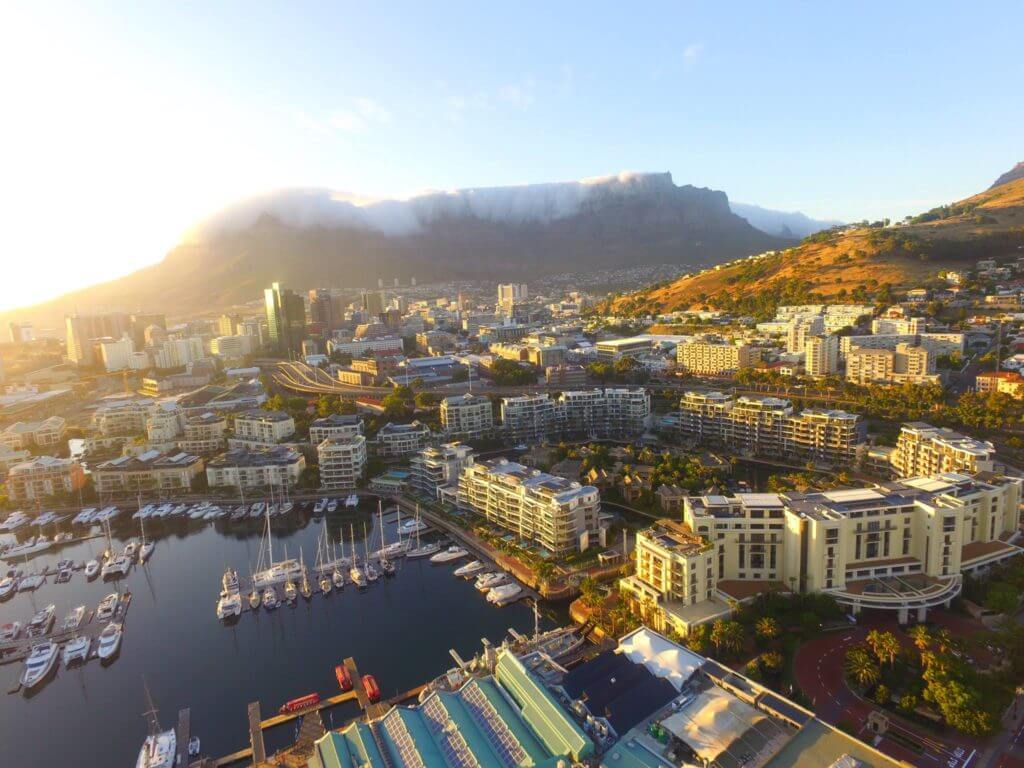
The flat top of the mountain is often covered by orographic clouds, formed when a south-easterly wind is directed up the mountain’s slopes into colder air, where the moisture condenses to form the so-called “tablecloth” of clouds. Legend has it that the tablecloth of clouds that pours over the mountain is the result of a smoking contest between the devil and a retired sea captain called Jan van Hunks.
Table Mountain is part of the Table Mountain National Park. The 57-square-kilometre protected national park encompasses the Table Mountain chain stretching from Signal Hill in the north to Cape Point in the south and the seas and coastline of the peninsula. It is home to more than 1,470 floral species, many of them endemic to the area and is globally recognized for its biodiversity. It is primarily an open-access park with only a few points where conservation fees are payable including Cape Point, Boulders (where you’ll see penguins), the Kirstenbosch National Botanical Garden and Silvermine. The vegetation is mainly endangered Peninsula Sandstone Fynbos, but you’ll also find critically endangered Peninsula Granite Fynbos, Peninsula Shale Renosterveld, and small sections of Afromontane forest.
Whether it is covered in a blanket of candyfloss clouds or showing off against a crisp cloudless blue sky, Table Mountain is always spectacular.
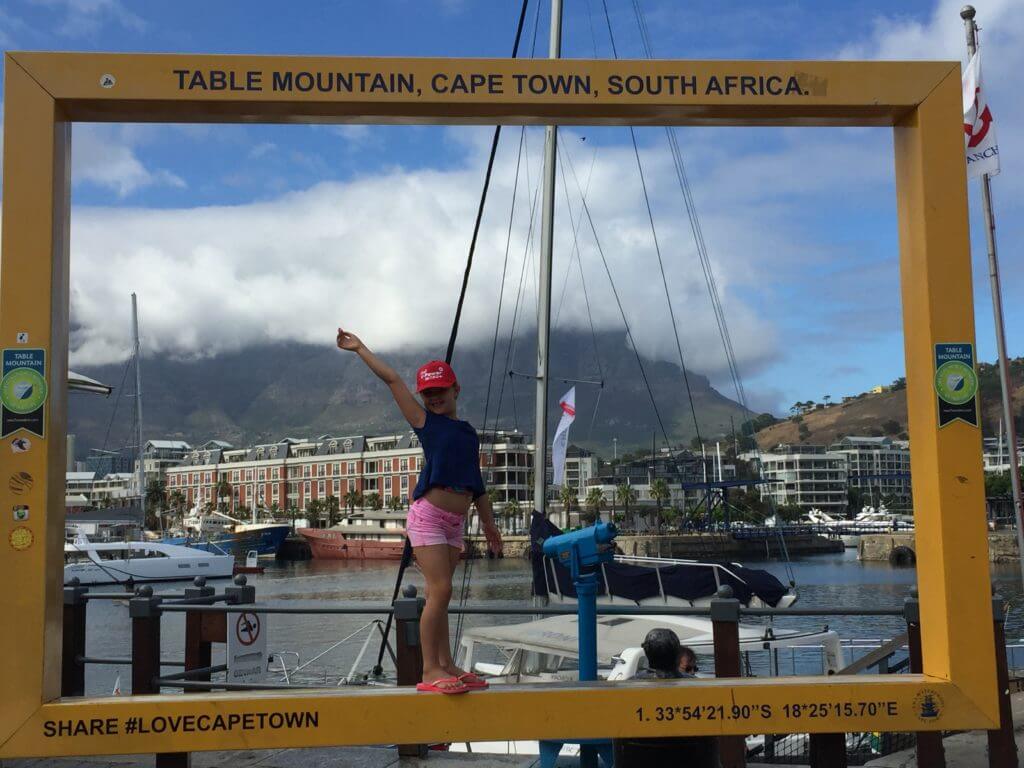
History
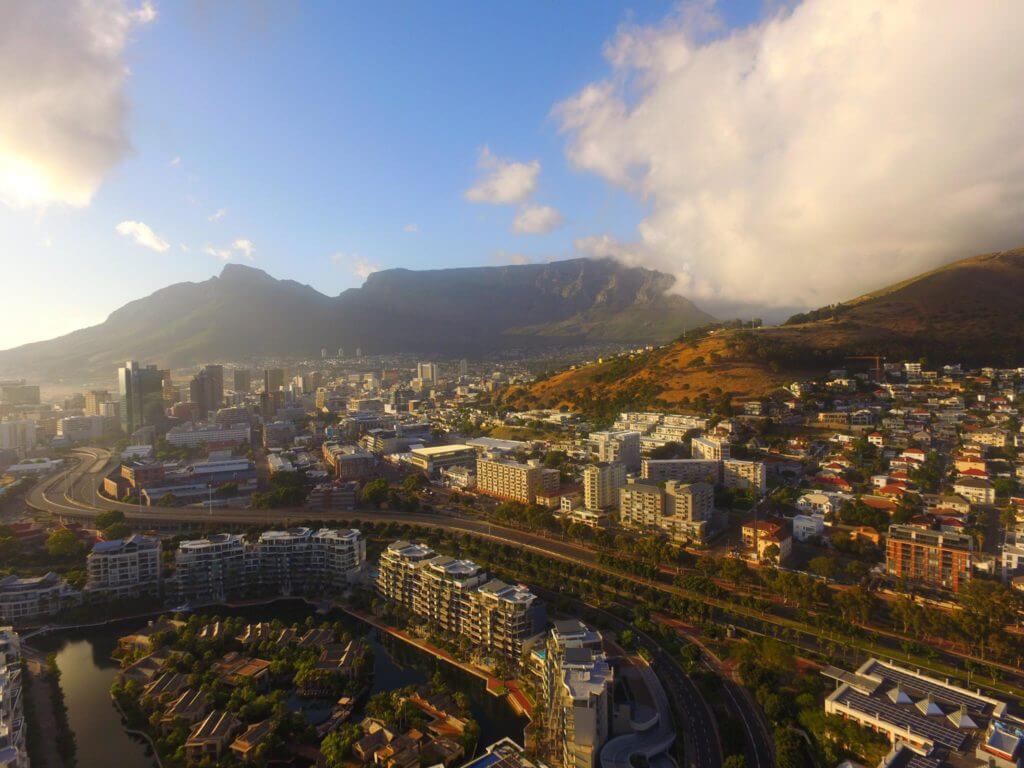
The Khoikhoi migrated about 2,000 years ago with their herds of cattle and sheep towards the Cape Peninsula from the north, displacing the San. It was the Khoikhoi who were the dominant local tribe when the Europeans first sailed into Table Bay.
The mountain was given its name, Taboa do Cabo (Table of the Cape), by António de Saldanha (the first European to land in Table Bay) after he climbed up Platteklip Gorge in 1503. The great cross that this Portuguese navigator carved into the rock of Lion’s Head is still traceable.
Fauna & Flora
Table Mountain and the Back Table have an unusually rich biodiversity. Its vegetation consists predominantly of several different types of the unique and rich Cape fynbos. You don’t have to know much about plants to appreciate Table Mountain’s beauty.
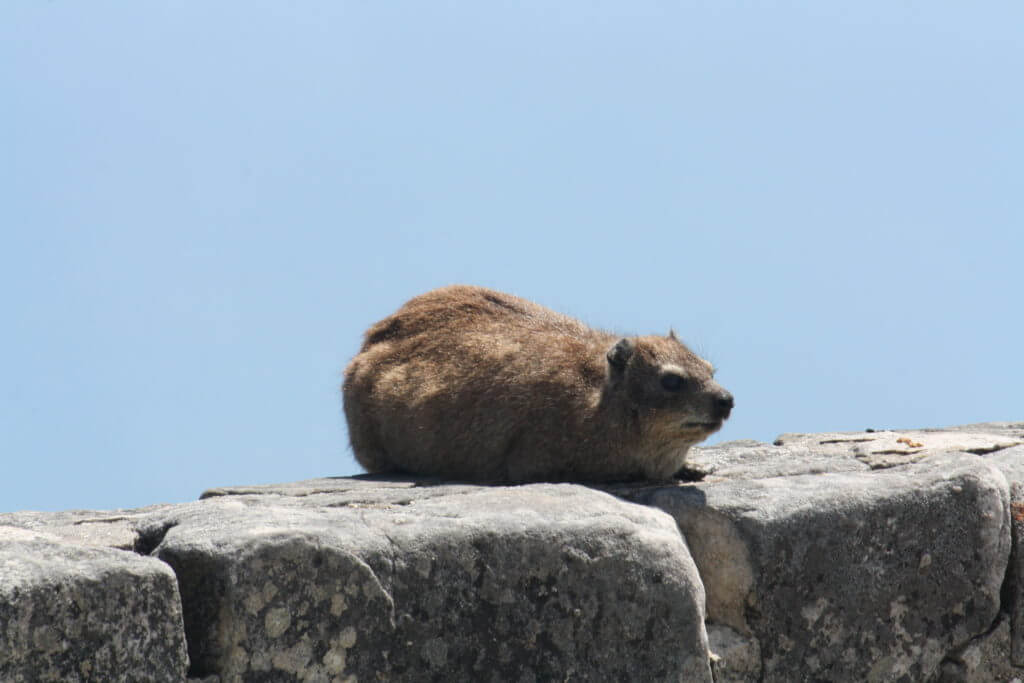
Leopards once roamed the mountain but haven’t been seen since the 1920’s. The biggest cat you are likely to see – if you are very lucky – is the rooikat (caracal). The mountain is also home to dassies (rock hyrax), the odd porcupine, lizards, butterflies, mongooses, snakes, tortoises, and a rare amphibian called the Table Mountain Ghost Frog. On the raptor front, you might catch a glimpse of jackal buzzards, booted eagles, African harrier hawks, peregrine falcons and rock kestrels.

Table Mountain’s vegetation types form part of the Cape Floral Region protected areas. An estimated 2,285 species of plants are confined to Table Mountain and the Cape Peninsula range, including many species of proteas. 1,500 of the 2,285 species occur in the 57 km2 area comprising Table Mountain and the Back Table alone. This number is as large as all the plant species in the whole of the United Kingdom.
Fynbos is a fire-adapted vegetation, and providing fires are not too frequent, regular or intense, they are important drivers of fynbos diversity. Regular fires have dominated fynbos for at least the past 12,000 years largely as a result of human activity. Some bulbs may similarly have become extinct as a result of too many regular fires. The fires that occur on the mountains today are still largely due to unregulated human activity.
Despite intensive conservation efforts, the Table Mountain range has the highest concentration of threatened species of any continental area of equivalent size in the world. The non-urban areas of the Cape Peninsula (mainly on the mountains and mountain slopes) have suffered particularly under a massive onslaught of invasive alien plants for well over a century, with perhaps the worst invader being the cluster pine, partly because it was planted in extensive commercial plantations along the eastern slopes of the mountains.
Table Mountain Cableway
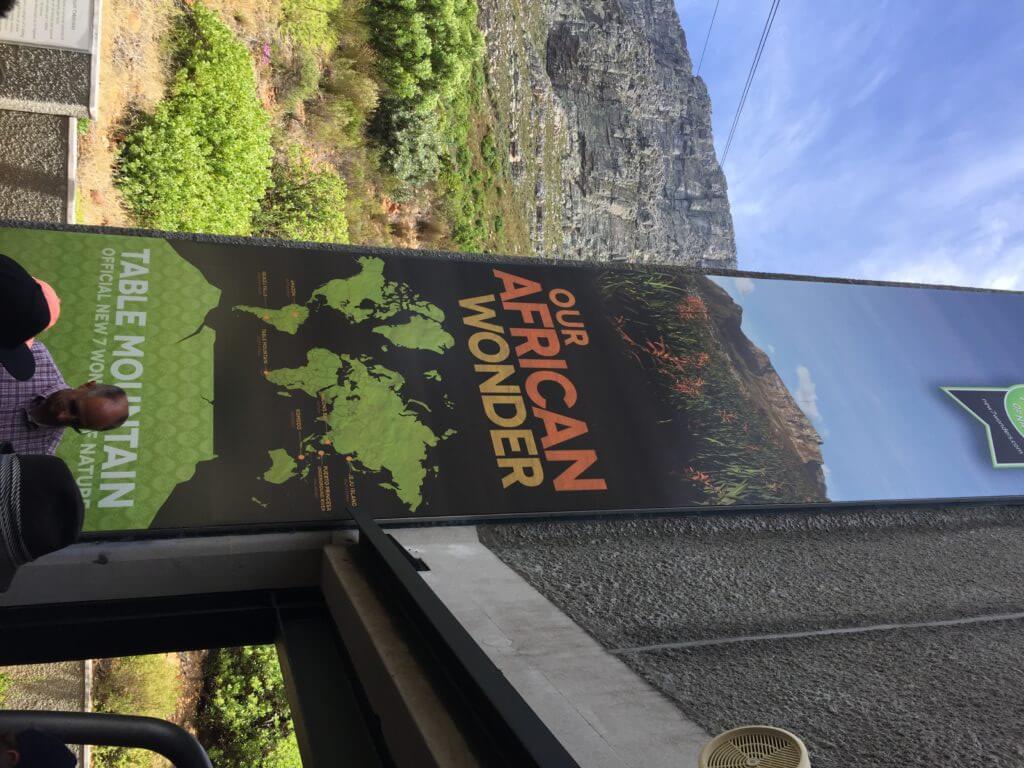
The best views of Cape Town are from the Table Mountain Cableway. It takes passengers from the lower cable station on Tafelberg Road, about 302m (990ft) above sea level, to the plateau at the top of the mountain, at 1,067m (3,500ft). The upper cable station offers views of the majestic flat-topped mountain and overlooks the Mother City, the Atlantic seaboard, Robben Island and the Peninsula.
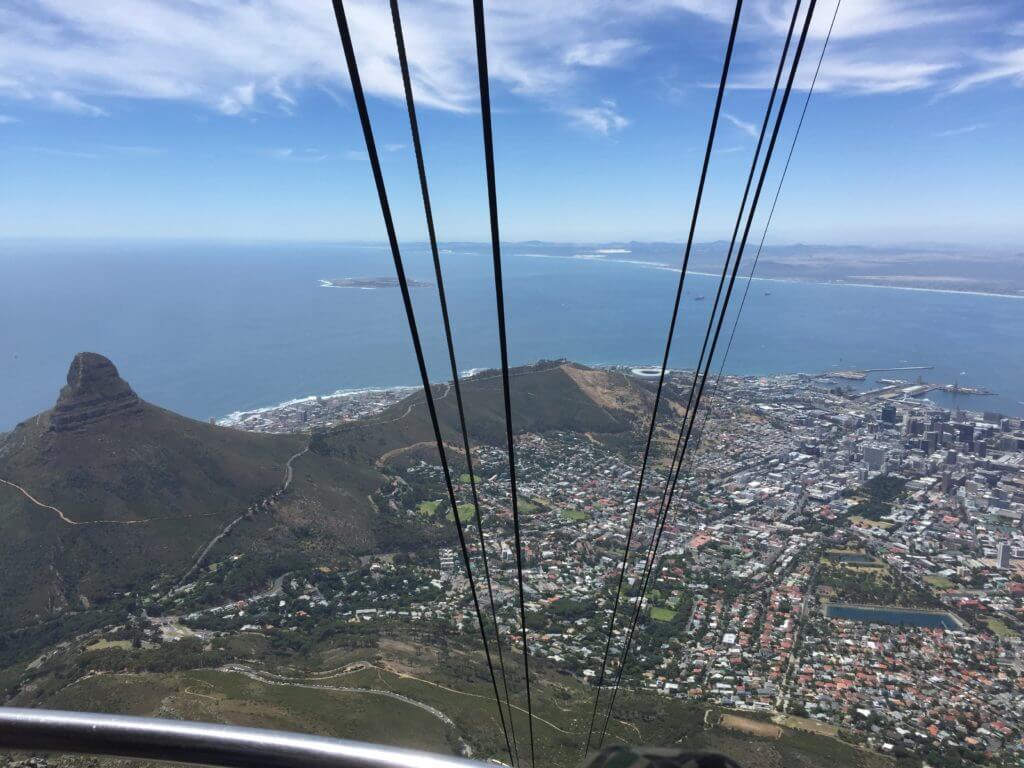
Construction of the cableway was first started in 1926, and the cableway was officially opened in 1929. In 1997, the cableway was significantly revamped, and new cars were introduced carrying 65 instead of 25 passengers per trip. It is a gentle ride with a 360-degree rotating state-of-the-art cable car, ascending or descending in around 5 minutes per trip. It operates seven days a week and trips occur within 10 to 15 minutes of each other. The last trip’s time varies throughout the year. The cableway doesn’t operate if the wind is too strong or the visibility is too poor, so check in advance if the conditions seem unfavorable.
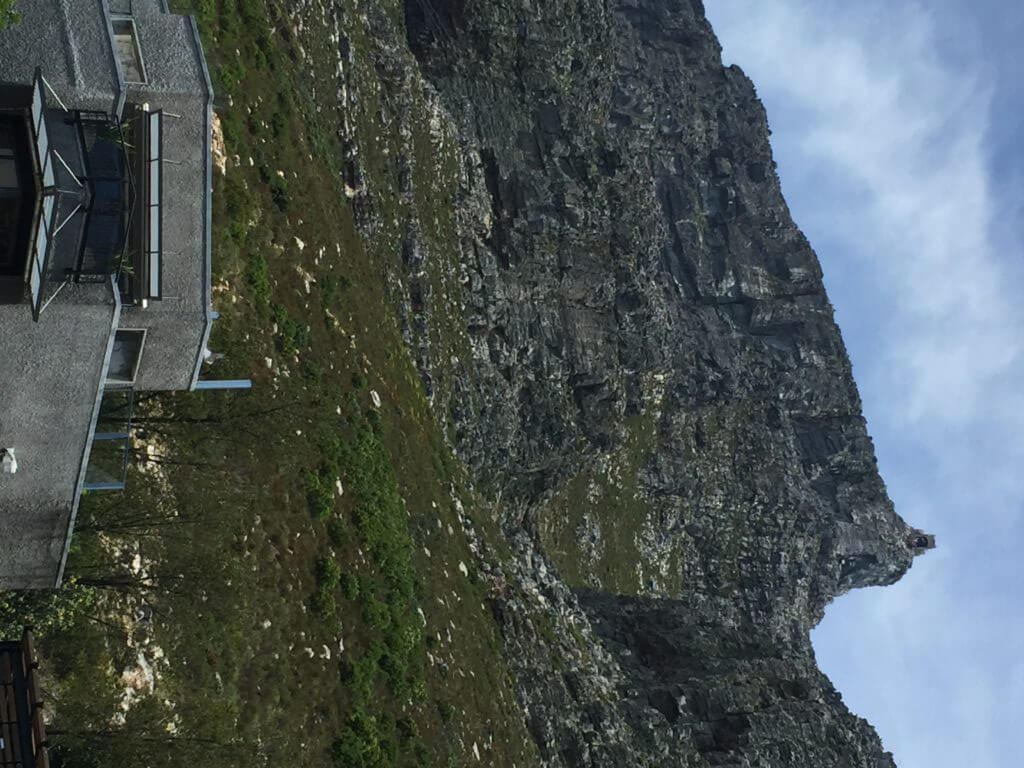
At the upper cable station, you will find various viewpoints, a restaurant, curio shop, WiFi Lounge as well as a network of footpaths to explore the table top. There are three easy walks on the plateau – the Dassie Walk, the Agama Walk, and the Klipspringer Walk. There are also free guided walks that depart, on the hour, from the Twelve Apostles Terrace. Feel free to pack a picnic basket with all your favorites to enjoy with one of the best views in the world.
Find out more at www.tablemountain.net
Activities
Activities include hiking, mountain biking, trail running, paragliding and more.
Hiking
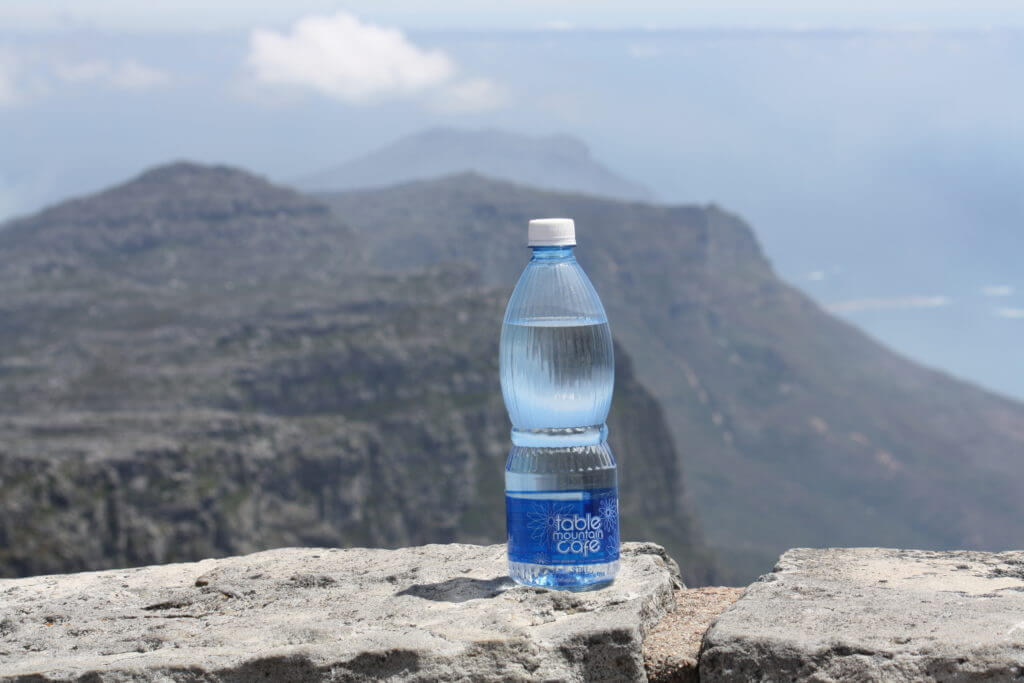
You can walk or climb the mountain, or even abseil down it, depending on your expertise and fitness levels. But be warned! Although the mountain may look tame on any given day, each year it claims lives, as people set off under-prepared for a sudden change in weather. Always hike in a group and carry water and warm clothing with you. Better still, hire a guide or ask an experienced hiker to take you along. There are plenty of hiking trails from the Camps Bay side of the mountain, as well as from the Kirstenbosch National Botanical Garden, and even from the city center itself. This famous mountain offers walkers and hikers a range of routes that vary from light strolls to rigorous hikes popular amongst locals and tourists.
While the cableway is convenient and fun, you’ll get a much richer experience by hiking up or down yourself. Because of the steep cliffs around the summit, direct ascents from the city’s side are limited. Platteklip Gorge, a prominent gorge up the center of the main table, is one of the most popular routes up the mountain. While quite steep, the ascent is pretty straightforward and should take between one and three hours depending on your fitness level. A trickier route starting on that side of the mountain is India Venster, which requires you to do a fair bit of scrambling. This route can take between two and four hours and should only be tackled by those who are fit and are familiar with the route. On the Atlantic side of the mountain, Kasteelspoort, which offers incredible views of Camps Bay, is the easiest route.
Good maps of all the routes are available at bookshops and outdoor recreation stores, which hikers are advised to use, as dense mist and cold weather (or extreme heat) can descend without warning at any time of the year. There are also longer routes to the summit from the Southern Suburbs. Nursery Ravine and Skeleton Gorge both start in the Kirstenbosch Botanical Garden. From Skeleton Gorge, you can hike along Smuts Track to Maclear’s Beacon, which, at 1,086m above sea level, is the highest point on Table Mountain. From Constantia Nek, you can take a longer, milder walk up the jeep track to the dams at the top of the mountain.
If you are hiking up the mountain, the five dams at the top make for great picnic spots. If you head over to the Woodhead Dam, which was completed in 1897, you can even visit the quaint little Waterworks Museum, which houses various items – including an old locomotive – that were used during the construction of the dam.
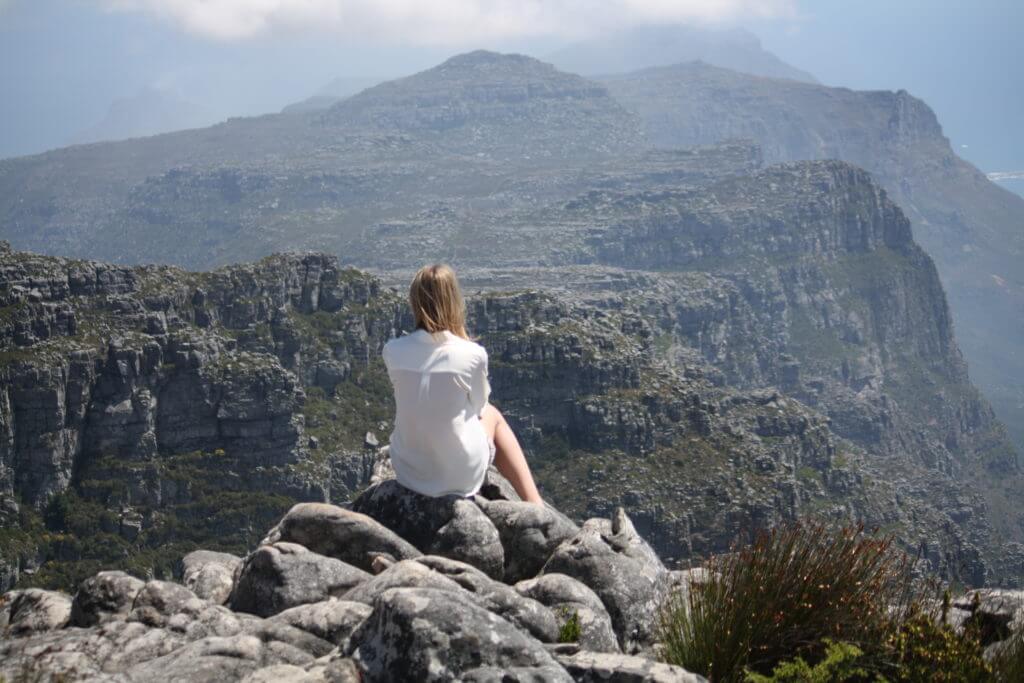
However please remember that even though it is in an urban setting it is still a wild mountain that offers challenging climbs and sheer cliffs so be aware of where you intend to walk and always ensure that you stick to the path and are kitted out for cold weather.
Hiking Tips
- Never hike alone. All activities including but not limited to walking, jogging, trail running, cycling and horse riding are to be carried out in groups of four or more.
- Always tell someone where you’ll be and how long you expect to take.
- Make sure you have plenty of water, snacks, sunscreen, waterproof clothing, and a mobile phone in case of emergencies.
- Wear the correct hiking gear and shoes.
- Pick a route best suited to your fitness level and experience. Preferably hike with someone who is familiar with the route.
- Stay on demarcated pathways and trails. Don’t take short cuts or stray off the path.
- Do not carry valuables, cash, cameras, etc.
- Hike or run during daylight hours only.
- Keep an eye on the weather and other mountain conditions. If visibility is poor, don’t continue climbing. Find a spot that offers some sort of shelter.
Rock climbing
Rock climbing on Table Mountain is a very popular pastime. There are well-documented climbing routes of varying degrees of difficulty up the many sides of the mountain. The main climbs are located on cliffs below the upper cable station. No bolting can be done here and only traditional climbing is allowed.
For the more adventurous, there is the option to jump off a cliff with Abseil Africa. The abseil experience is 112 meters down a sheer cliff and takes about 45 minutes in total and includes a demonstration, the abseil, and a short hike back up to the top.
Caving
Most of the world’s important caves occur in limestone but Table Mountain is unusual in having several large cave systems that have developed in sandstone. The biggest systems are the Wynberg Caves, located on the Back Table, not far from the Jeep Track, in ridges overlooking Orange Kloof and Hout Bay.
Mountain biking
The slopes of Table Mountain have many jeep tracks that allow mountain biking. The route to the Block House is a popular route for bike riding. Plum Pudding Hill is the name of a very steep jeep track. Bike riders should follow the directional signs on display for mountain bike riders.
Table Mountain is easily accessible by car, taxi and bus. You can even take the City Sightseeing bus to the foot of the mountain. The mountain is a reserve, so only foot traffic is allowed. It’s generally a fair bit colder at the top than at ground level, so take a jacket. Be sure to take your camera!
Interesting facts
Table Mountain is the only terrestrial feature to give its name to a constellation: Mensa, meaning The Table. The constellation is seen in the Southern Hemisphere, below Orion, around midnight in mid-July. It was named by the French astronomer Nicolas de Lacaille during his stay at the Cape in the mid-18th century.
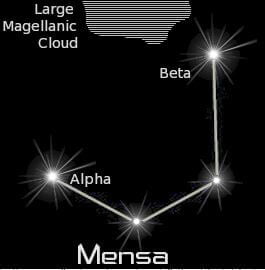
Mensa means “the table” in Latin. Image courtesy of www.derekscope.co.uk
The upper approximately 600m portion of the 1km high table-topped mountain, or mesa, consists of 450-510 million years old (Ordovician) rocks belonging to the two lowermost layers of the Cape Fold Mountains.
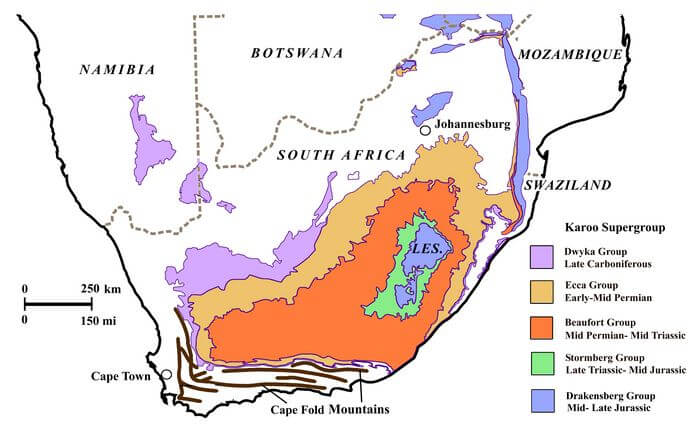
Cape Fold Mountains
Image courtesy of www.athenapub.com
-
All pictures by Callie & Belinda van Graan

